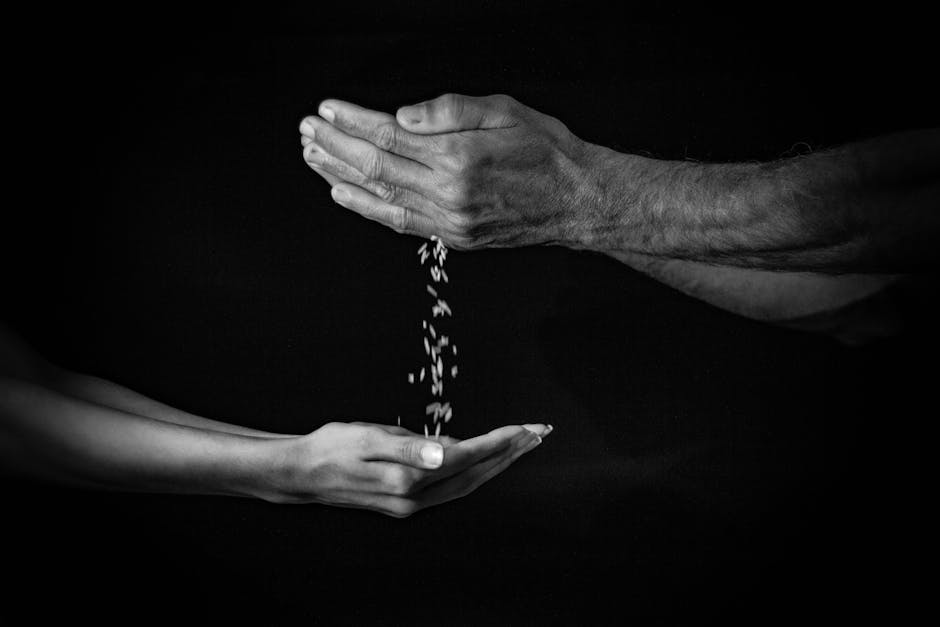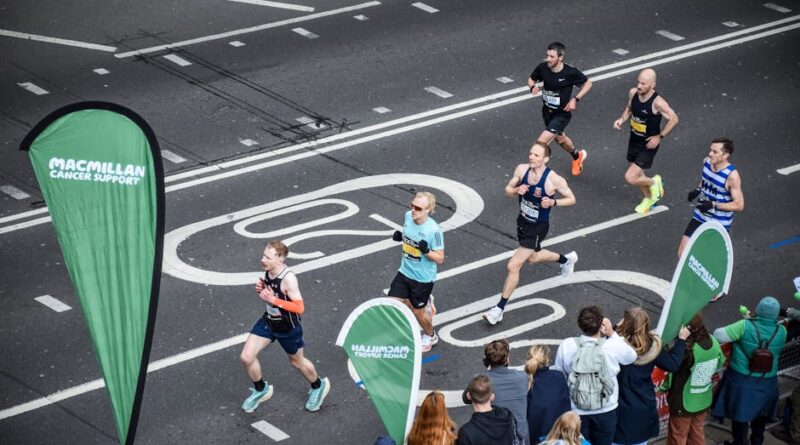Mastering the Art of Charity Auctions: A Comprehensive Guide
When it comes to raising funds for a cause, charity auctions stand out as a powerful strategy that not only generates financial support but also engages donors in a fun and interactive way. The thrill of bidding, the opportunity to acquire unique items, and the satisfaction of contributing to a meaningful cause all come together in the world of charity auctions. However, running a successful charity auction requires careful planning, effective marketing, and impeccable execution. In this comprehensive guide, we will delve into the intricacies of how to run charity auctions, exploring the various aspects that contribute to a successful event.
The Basics of Charity Auctions

Before diving into the details of running a charity auction, it’s important to understand the fundamentals of how these events work. Charity auctions are fundraising events where items or experiences are auctioned off to the highest bidder, with the proceeds going towards a charitable cause. These items can range from physical goods such as artwork, jewelry, or memorabilia to experiences like vacation packages, celebrity meet-and-greets, or exclusive event tickets.
One of the key elements of a charity auction is the presence of bidders who compete with each other to win the items on offer. Bidders can participate in person at a live event, over the phone, or online through a virtual auction platform. The auctioneer, who is responsible for facilitating the bidding process, plays a crucial role in creating excitement and encouraging competitive bidding among participants.
Charity auctions can take various forms, including silent auctions where bids are placed on bid sheets, live auctions conducted in real-time with an auctioneer, and online auctions that allow participants to bid from anywhere in the world. Each format has its own set of benefits and challenges, and the choice of auction type will depend on factors such as the target audience, the nature of the items being auctioned, and the overall fundraising goal.
Planning and Preparation

Running a successful charity auction starts with careful planning and preparation. Here are some key steps to consider:
Set Clear Goals
Before embarking on the auction planning process, it’s essential to define your fundraising goals. Determine how much money you aim to raise, what specific projects or initiatives the funds will support, and how the auction fits into your overall fundraising strategy. Having clear goals will guide your decisions throughout the planning process and help you measure the success of the event.
Assemble a Strong Team
Organizing a charity auction is a complex undertaking that requires the expertise of a dedicated team. Recruit volunteers, staff members, or event planning professionals who can help with various aspects of the auction, including securing donations, marketing the event, managing logistics, and overseeing the auction on the day of the event. Assign specific roles and responsibilities to team members to ensure a cohesive and well-coordinated effort.
Secure Donations
One of the critical components of a charity auction is the items or experiences that will be auctioned off to raise funds. Reach out to businesses, individuals, or organizations in your community to solicit donations for the auction. Consider approaching local businesses for gift certificates, products, or services that can be auctioned off, as well as individuals who may be willing to donate unique items or experiences. Make sure to highlight the impact of their donation and the exposure they will receive through the event.
Marketing and Promotion

Effective marketing and promotion are essential to ensuring the success of your charity auction. Here are some strategies to consider:
Create a Compelling Event Page
Design a dedicated event page or website that provides information about the auction, including the date, time, location, and featured items. Use compelling visuals, engaging copy, and clear calls-to-action to attract potential bidders and donors. Make sure to highlight the impact of the funds raised and the importance of the cause to inspire support.
Utilize Social Media
Harness the power of social media to promote your charity auction and reach a wider audience. Create posts on platforms like Facebook, Instagram, and Twitter to generate buzz, share sneak peeks of auction items, and encourage participation. Consider running targeted ads to reach specific demographics or interest groups who may be interested in supporting your cause.
Engage with Local Media
Reach out to local newspapers, radio stations, and TV channels to secure coverage of your charity auction. Send out press releases, pitch story ideas, and offer interviews with key organizers or beneficiaries to generate media interest in the event. Coverage in traditional media outlets can help raise awareness and attract attendees to the auction.
Execution and Follow-Up

On the day of the charity auction, it’s crucial to ensure smooth execution and follow-up to maximize the fundraising potential of the event. Here are some tips for a successful auction:
Prepare a Run of Show
Create a detailed schedule or run of show that outlines the sequence of events, timing of activities, and responsibilities of team members. Include time for registration, item previews, bidding, and closing remarks to keep the event running smoothly. Make sure to allocate enough time for each phase of the auction and allow for flexibility to accommodate any unexpected changes.
Engage Bidders and Create Excitement
The success of a charity auction hinges on the active participation of bidders and the creation of a lively and engaging atmosphere. Encourage friendly competition among bidders, highlight the unique features of each item, and showcase the impact of the funds raised. Consider incorporating entertainment, live music, or guest speakers to enhance the overall experience and keep attendees engaged throughout the event.
Express Gratitude and Follow Up
After the auction concludes, take the time to thank all participants, donors, and volunteers for their support. Send personalized thank-you notes, emails, or phone calls to express gratitude and acknowledge their contributions to the success of the event. Provide updates on the impact of the funds raised and how they will be used to further the mission of your organization. Building relationships with donors and supporters is crucial for fostering long-term engagement and loyalty.
Common Misconceptions About Charity Auctions
Despite the popularity and effectiveness of charity auctions as a fundraising tool, there are several misconceptions that surround these events. Here are some common myths debunked:
Myth: Charity auctions are only for high-end donors.
Reality: Charity auctions can attract donors of all income levels, as they offer a wide range of items and experiences at various price points. By diversifying the auction items and creating opportunities for participation at different levels, organizations can engage a broader audience and maximize fundraising potential.
Myth: Charity auctions are too complicated to organize.
Reality: While charity auctions require careful planning and coordination, they are manageable with the right team and resources in place. By breaking down the process into manageable steps, setting clear goals, and leveraging technology and tools, organizations can successfully run auctions that yield substantial results.
Conclusion
To wrap things up, running a charity auction is a multifaceted endeavor that requires strategic planning, effective marketing, and flawless execution. By setting clear goals, assembling a strong team, securing donations, and engaging in proactive marketing efforts, organizations can maximize the fundraising potential of their auctions and make a meaningful impact on their cause. Remember, the success of a charity auction is not just measured by the funds raised but also by the relationships built, the awareness raised, and the impact created. So, whether you’re organizing your first charity auction or looking to enhance your existing efforts, keep these tips in mind to orchestrate a successful and memorable event that leaves a lasting impression on donors and supporters alike.




